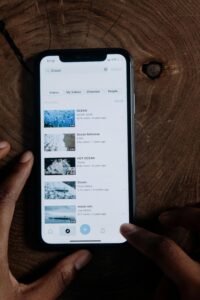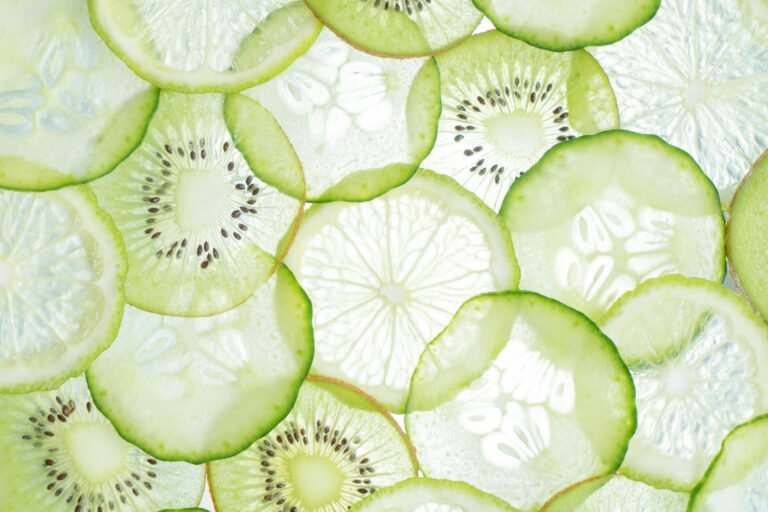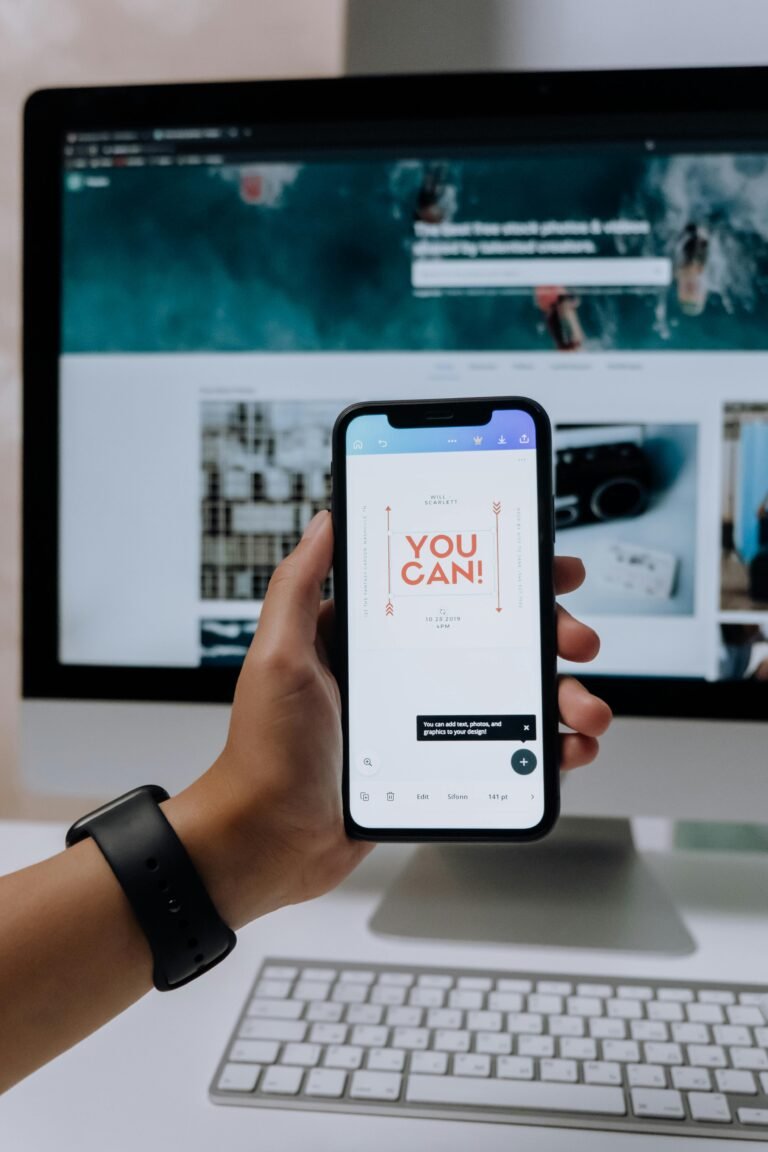Paola Sandri, in a van to treat athletes and animals
Paola Sandri, physiotherapist and osteopath also specialized in the animal field, treats her patients (human athletes and quadrupeds) not only in the office, but also traveling around Piedmont thanks to her osteovan, a camper adapted for a mobile clinic.

A mobile clinic, an osteovan. The distinctive feature of Paola Sandri, physiotherapist from Alba (CN) with many years of experience in sports and osteopath with specialization in the treatment of animals, is that of being able to treat the human / animal combination together . Not a small opportunity, especially in the world of horse riding where, reaching the stables with a camper adapted for the purpose, Paola manages to treat horse and rider in the same weekend.
We asked her some questions, to find out more about her activity, starting from the particular connection – based on contact and non-verbal communication – that is established between bipeds and quadrupeds.
Tell us about your training. What led you to take care of animals?
Graduated in physiotherapy at the University of Pavia, I immediately started working with athletes , volleyball and basketball teams, facilitated by the fact that I had played volleyball for twenty years, even at good levels.
Since I was a child I have taken care of all the family animals, which I have always adored : grandmother’s dogs , cats , chickens and rabbits and I have always had the desire to become a doctor, human or veterinarian.
An injury convinced me to choose the degree in Physiotherapy instead of the one in Medicine, since I was passionate about being able to help the patient recover his functions thanks to manipulations and exercises, without the use of drugs or invasive interventions.
After graduation, I obtained a Masters in Manual Therapy from the University of Genoa and a second level Masters from the University of Perth, Australia, where I lived for a year, with the desire to move permanently to work as a sports physiotherapist and as a volunteer. in koala or protected species recovery centers.
Australia was the right place to combine my two passions, namely sports physiotherapy and animals. Unfortunately, the difficulty of obtaining citizenship led me to return home.
In Italy, I then started the School of Human Osteopathy in Milan , which ended in 2013. I worked in two clinics, and then opened my private practice.
Then, the turning point of horse riding
Yes, five years ago I started treating more patients who came from the world of horse riding . This made me enter a new universe, made up of traumas but above all of maintained postures, introducing, for me, a novelty: the binomial.
Intrigued by how the horse could influence the posture of my patients, I asked them to be able to observe them together and to be able to evaluate their horse on a muscular and joint level. It was very interesting to hear how the horse’s fabrics were obviously similar to ours.
At that point I enrolled in the Animal Osteopathy course in Rome, which lasted three years and introduced me to more species, including exotic animals. The beauty of dealing with living beings who cannot describe their problem immediately captivated me.
I am now attending graduate school in Germany to become an equine osteopath at the Vluggen Institute.
What is osteovan and how does it support you in your work?
The osteovan was born from the need to treat the horses in the stables and the riders on the same weekend, and it was the winning weapon since the possibility of balancing and correcting the two protagonists of the binomial on the same day began to give many results. in terms of well-being and performance.
With the osteovan for now I am moving all over Piedmont, but if they call me in other regions I will have no problems reaching the stables, obviously compatibly with my work in the studio.
Man and animal: what are the benefits of treating them together?
I find it very useful to treat horse and rider because most of the time it is the rider himself, who creates problems for the horse with his incorrect postures or dysfunctions .
The horse tries to adapt until the compensations become dysfunctional and can lead to tendonitis, lameness or low back pain .
The treatment of the binomial becomes useful to improve communication between the two. Often the muscular tensions or traumas of both create blocks that hinder communication, it is not verbal but made up of pressure, movement, breathing .. It
is also very interesting to treat the dog and the owner who, alas, transfers many of his tensions to his companion quadruped.
Which animals are most cooperative and which are the most difficult to treat?
The most interesting animals to treat are certainly horses because they know how to listen to you and, in practice, they are able to stay still more than a dog because they are more used to it.
Dogs have immediate results from osteopathy and often only one session is enough.
I would like to be able to treat more cats , but they are very complicated patients … Even for vets.




























+ There are no comments
Add yours